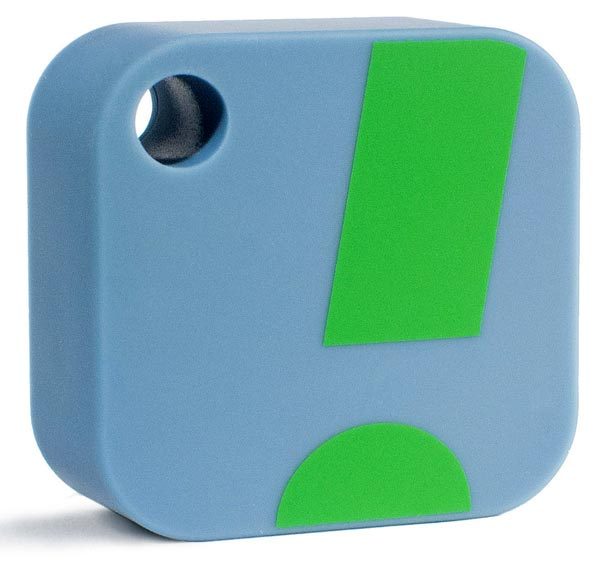When we got a new fridge last year, I wanted to monitor its temperature for a while to be sure it was safe for storing my insulin. My fridge had a temperature display, but it would only show me a snapshot of the conditions in there, so I could never be sure that the insulin had never been in freezing conditions. That would be the same weakness for every other thermometer I had on hand. After some research, I found the SensorPush. It’s a little fob-like device about the same size as those tracking fobs you can add to your keyring.
The SensorPush connects via Bluetooth to an app running on your phone or tablet. Inside, it has a Swiss-made sensing component that provides reliable, accurate measurements. It can push readings via Bluetooth 4.0 to your mobile device, and you can monitor hourly, daily, monthly, and yearly records of both temperature and humidity so long as you are within Bluetooth range. You can also get alerts if the readings are outside your desired limits. You can add an optional SensorPush G1 WiFi Gateway for data and alerts via the internet.
The SensorPush is $49.99; the optional G1 gateway is $99.95. You can purchase them at Amazon.




Gadgeteer Comment Policy - Please read before commenting
Great find Janet!
How far away can your phone read the sensor when it is inside your refrigerator with the door closed? There are 493 questions on its Amazon page and I’m too lazy to read through all of them. The line of sight range is claimed to be 325 feet.
Thank you,
Craig H.
You can search through the q & a on Amazon, the search box is just above the section.
Iha ve one in my gun safe in the garage. I can read it across the garage (20′) THROUGH the door. I cannot, however, read it from inside the house around a corner typically.
I have it connected to my iPad Pro, and I’ve actually turned off background app refresh to make my battery last as long as possible. I go into the app a few times a day to have it transfer its stored data, so I’ve been all over my condo at the various times I’ve had the sensor uploading its data to me. My condo is nowhere near 325 feet long, but the walls are cement, steel beams, and whatever utilities stacks run through the walls of a high-rise building. My fridge is a Sub-Zero with thick walls and stainless steel covering 4 of its six sides. I’ve never had a problem with the data transfer, though.
After 6 months of monitoring the fridge, I moved it to one of the HVAC vents in my home. It’s been monitoring the air temp for almost 6 months now, and it’s still on the same battery.
Curious why you used this sort of device. Being bluetooth has lots of disadvantages and very little advantage. I just did a search on Amazon for WiFi remote temperature sensors and there are tons of them. They all plug into the wall and use a sensor on a long wire so there’s no battery issue. And being WiFi not only will they collect data but a lot of them are smart hub enabled so you can get information from any location not just when you’re in the home.
I couldn’t use a anything with a power cord inside a refrigerator, and I sure wasn’t going to drill a hole in a Sub-Zero to feed the cord through. I also didn’t want to have to buy another hub. I chose Bluetooth because it was the best fit for what I wanted. But if I had wanted to access the data from anywhere, I could have bought its hub and turned off the Bluetooth.
Though I have power in my gun safe, I didn’t want something else constantly plugged in. Plus, this allows the unit to be placed nearly anywhere since it is so small. There is even a hole so you can hang it. Incredibly convenient.
Did you consider other alternatives? Such as Meazurem (www.meazurem.com) + RuuviTags?
At least for me, those sound better option.